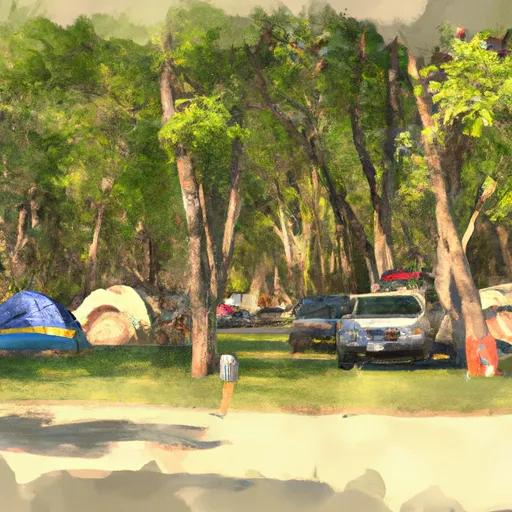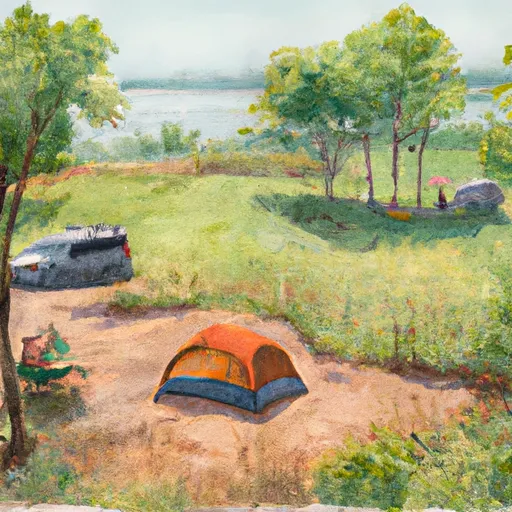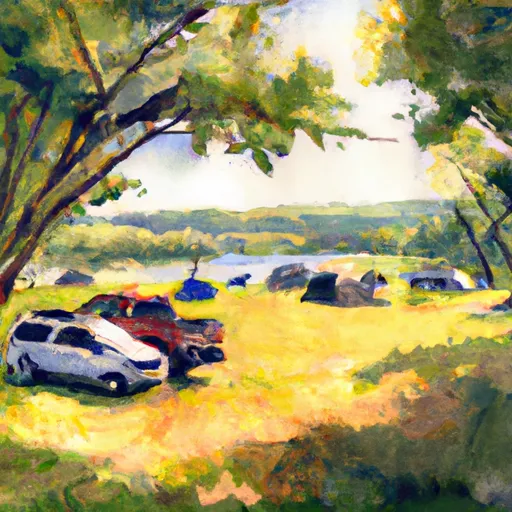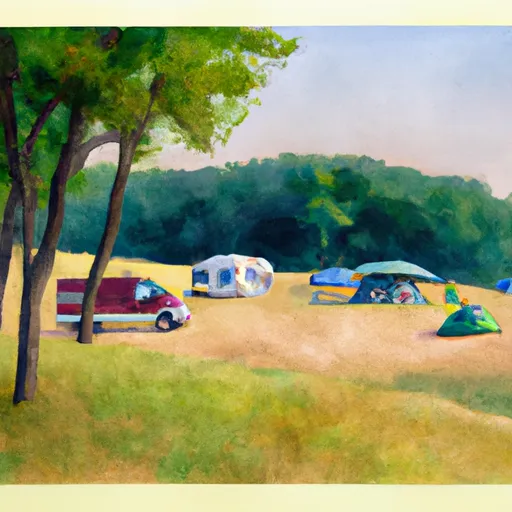Summary
Summers are warm and humid, with average temperatures ranging from 70°F to 90°F. Winters are cold and snowy, with temperatures dropping below freezing, averaging from 10°F to 30°F. Spring and fall bring mild temperatures and colorful foliage.
Waterloo is nestled along the Cedar River, making it susceptible to hydrology constituents. The river provides a source of water for the city but can also lead to occasional flooding during heavy rains. Efforts have been made to manage flood risks and protect the community.
Outdoor enthusiasts in Waterloo can enjoy various recreational opportunities. George Wyth State Park offers hiking trails, picnic areas, and camping spots. The park is also known for its scenic lake, perfect for boating and fishing activities. The Cedar Valley Nature Trail is a popular destination for walkers, runners, and cyclists, offering picturesque views of the Cedar River and surrounding landscapes. Additionally, golf courses, parks, and sports complexes provide options for outdoor activities year-round. Waterloo offers a diverse range of outdoor recreational opportunities for nature enthusiasts.
Weather Forecast
Waterloo receives approximately 883mm of rain per year, with humidity levels near 84% and air temperatures averaging around 9°C. Waterloo has a plant hardyness factor of 5, meaning plants and agriculture in this region thrive during a short period during spring and early summer. Most plants will die off during the colder winter months.
Area Campgrounds
| Location | Reservations | Toilets |
|---|---|---|
 Deerwood City Park
Deerwood City Park
|
||
 George Wyth State Park
George Wyth State Park
|
||
 Big Woods Lake
Big Woods Lake
|
||
 Black Hawk County Park
Black Hawk County Park
|

 Bontrager Park
Bontrager Park
 C A Morris Park
C A Morris Park
 Touchae Park
Touchae Park
 Exchange Park
Exchange Park
 Cedar Bend Park
Cedar Bend Park